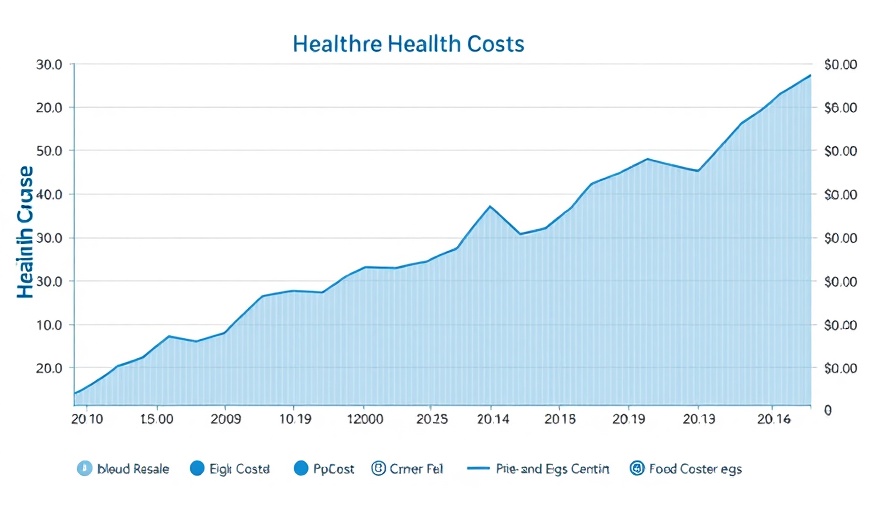
Cracking the Code of Healthcare Spending
In recent years, one topic seems to dominate conversation when it comes to the economy—food prices. For example, the rise in egg prices has sparked endless headlines, overshadowing an even bigger issue: healthcare costs. These expenses are quietly consuming more of our budgets while many continue to focus on tangible goods such as groceries, oblivious to the spiraling costs of healthcare.
Understanding the Complexity of Healthcare Costs
Unlike straightforward products like eggs and milk, healthcare spending comprises a tangled web of insurance premiums, deductibles, and co-pays. The reality is that over half of insured workers struggle to understand their healthcare bills. This lack of clarity leads to a blind spot regarding what they are truly paying for, creating significant challenges for employers too.
The Burden on Employers
For many businesses, especially small ones, healthcare is the second-largest expense, coming right after payroll. Predictions indicate that employers will face a staggering increase in healthcare costs of about 9% in 2025—thrice the average inflation rate. Many employers are left pondering whether to pass these costs onto their employees or cut benefits in an effort to maintain profitability. These decisions can impact employee morale and retention, making the situation increasingly dire.
Addressing Inefficiencies in Healthcare
A significant portion of healthcare expenditure, estimated at 25%, stems from inefficiencies such as overtreatment, undertreatment, and poor coordination of care. Experts agree that reforming the healthcare system is critical to alleviate these burdens on both consumers and employers. A switch to innovative solutions could drastically improve care quality, reduce costs, and bring clarity back into health spending.
Future Directions: What Lies Ahead?
As stakeholders from various sectors—including small business owners and healthcare providers—begin to push for more transparent, value-driven healthcare, the potential for transformative change emerges. If inefficiencies can be addressed, the overall costs could stabilise, alleviating pressure on both employees and employers. Embracing technology and innovative practices may lead to a healthcare system that offers better value for the dollar spent, ensuring that consumers understand what they are paying for.
This ongoing challenge necessitates immediate discussions about creative solutions in healthcare spending. As the narrative continues to shift from the price of eggs to the price of health, it’s essential for both employees and employers to engage in these crucial conversations.
 Add Row
Add Row  Add
Add 

 Add Row
Add Row  Add Element
Add Element 




Write A Comment